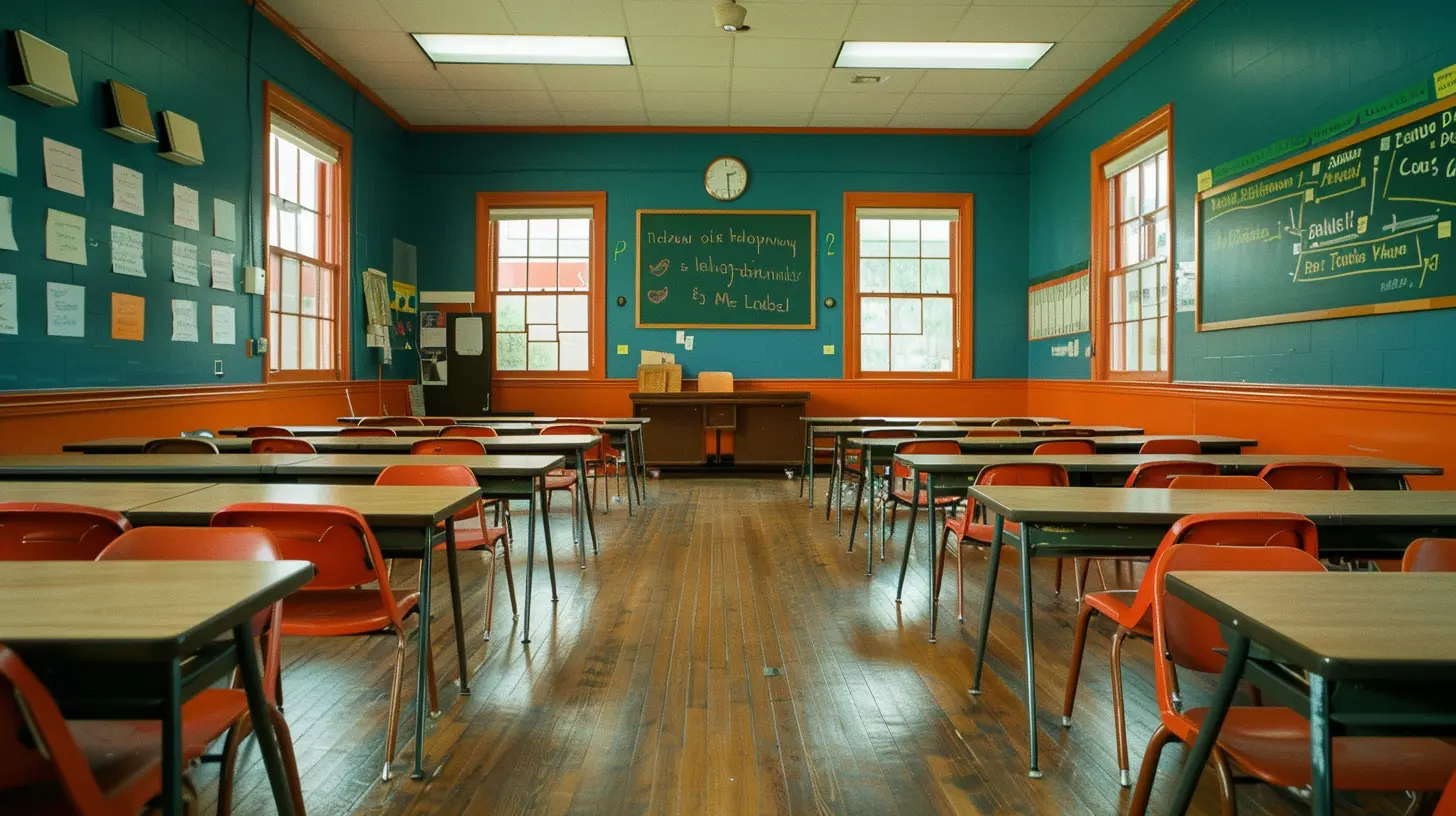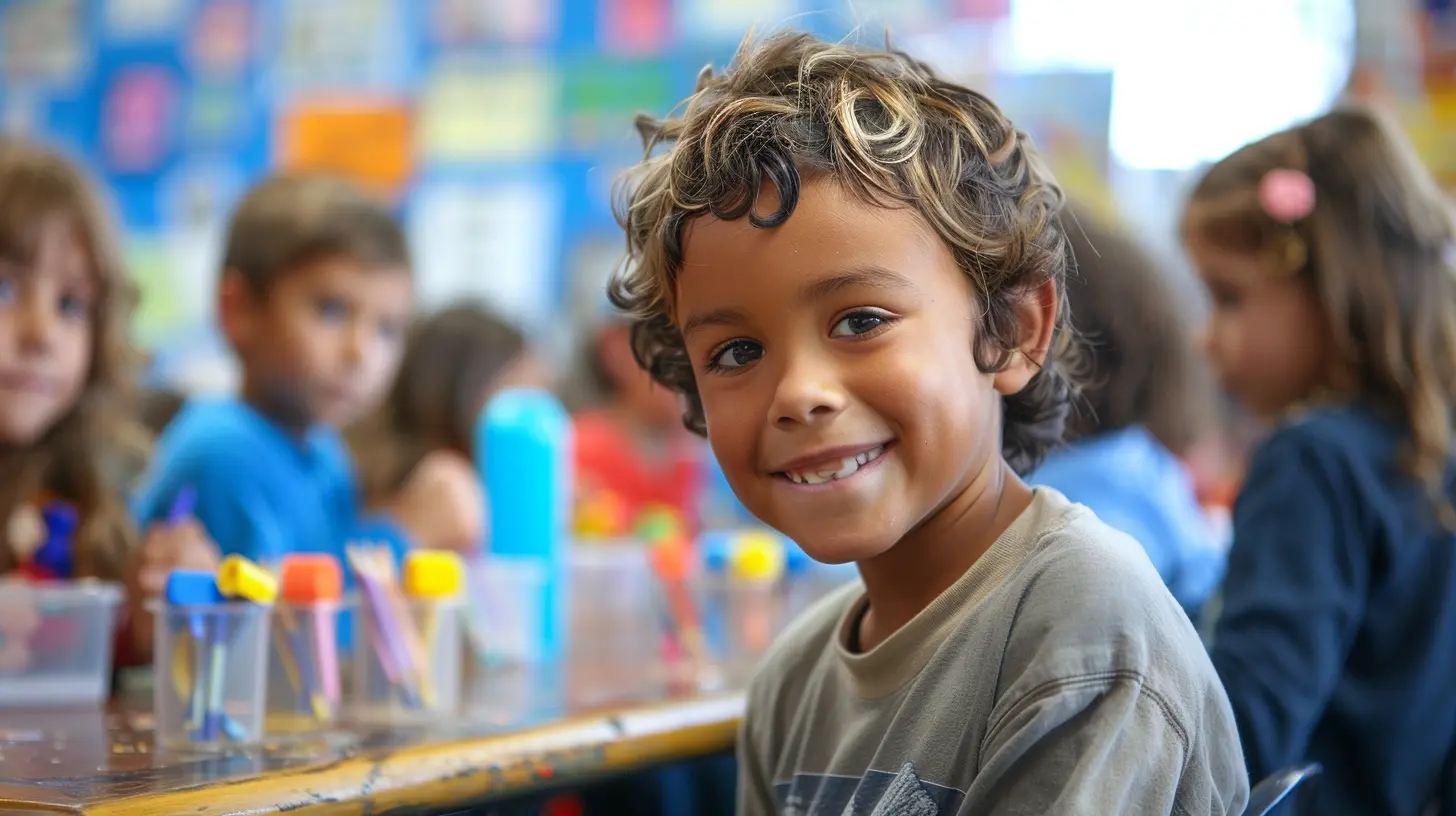Managing Student Behavior: Essential Techniques for Teachers
30 October 2025
Managing student behavior in the classroom can feel like juggling flaming torches—it's tricky, unpredictable, and requires constant attention. Every teacher has faced moments when students test boundaries, push limits, or disrupt the learning environment. But with the right techniques, managing behavior becomes much easier.
In this guide, we’ll break down essential strategies that help maintain a positive and productive classroom. Whether you’re a new teacher or a seasoned educator, these techniques will empower you to handle student behavior effectively. 
Why Is Student Behavior Management Important?
Imagine trying to teach a lesson while students talk over you, throw paper airplanes, or constantly interrupt. Sounds frustrating, right? A well-managed classroom creates an environment where learning can thrive. When students know what’s expected of them, they feel safer, more engaged, and motivated to succeed.A structured, respectful classroom benefits both teachers and students by:
- Reducing disruptions – Less wasted time means more learning.
- Creating a positive atmosphere – A supportive space encourages participation.
- Building stronger student-teacher relationships – Respect goes both ways.
- Improving academic outcomes – When behavior is managed, students can focus better.
Now, let’s dive into practical strategies to manage student behavior effectively. 
1. Establish Clear Expectations from Day One
Ever walked into a room where the rules weren’t clear? It’s confusing and frustrating. That’s exactly how students feel if guidelines are not set from the beginning.How to Set Clear Expectations:
- Define rules together – Involve students in creating classroom rules. They’ll be more likely to follow them when they have a say.- Be specific and realistic – Instead of saying "Be respectful," try "Listen when others are speaking."
- Post the rules – Keep a visible list in the classroom as a reminder.
- Model the behavior – If you expect students to be punctual, be on time yourself.
When students know what’s expected, they’re less likely to cross the line. 
2. Build Positive Relationships with Students
You’ve probably heard the saying: “Students don’t care how much you know until they know how much you care.” It’s true. A strong teacher-student bond encourages respect and cooperation.Ways to Build Stronger Connections:
- Learn students' names quickly – This shows you value them as individuals.- Show genuine interest – Ask about their hobbies, weekend plans, or favorite books.
- Be approachable – Encourage students to share their thoughts and concerns.
- Recognize achievements – A simple "Great job!" can boost confidence and motivation.
When students feel valued, they’re more likely to respect class rules and behave positively. 
3. Use Positive Reinforcement
Why focus only on what students do wrong? Rewarding good behavior encourages them to repeat it.Effective Positive Reinforcement Techniques:
- Verbal praise – “I appreciate how you helped your classmate today.”- Classroom privileges – Let responsible students lead activities or choose seating.
- Reward systems – Stickers, points, or small prizes can motivate younger students.
- Parent communication – Tell parents when their child does something great.
When students see that good behavior leads to positive recognition, they’re more likely to make better choices.
4. Be Consistent with Consequences
Imagine if traffic lights randomly changed meanings—chaos, right? Inconsistent consequences send mixed messages, making it harder for students to understand and follow rules.How to Maintain Consistency:
- Set fair consequences – Ensure that consequences match the behavior.- Follow through every time – If one student gets a warning for talking in class, all students should receive the same warning.
- Use a calm tone – Enforce rules without yelling or showing frustration.
Consistency builds trust. When students know you mean what you say, they’ll think twice before misbehaving.
5. Keep Students Engaged
A bored student is often a disruptive student. Keeping lessons interesting reduces behavior issues.Ways to Increase Engagement:
- Use interactive activities – Games, discussions, and hands-on projects keep attention levels high.- Incorporate student interests – Relate lessons to their favorite music, sports, or social media trends.
- Encourage movement – Let students switch seats, work in groups, or participate in active learning.
- Vary teaching methods – Mix lectures, videos, and group activities to keep things fresh.
When students are engaged, they have less time (or desire) to cause disruptions.
6. Address Issues Immediately and Effectively
The longer you wait to address misbehavior, the worse it gets. Small issues can quickly escalate into major disruptions.How to Handle Behavior Issues:
- Stay calm and composed – Never react out of frustration.- Address the student privately – Avoid embarrassing them in front of peers.
- Use "I" statements – Instead of “You’re always talking,” try “I need everyone to focus so we can learn.”
- Provide choices – “You can either focus on the lesson or take a minute to regroup.”
Quick and respectful intervention prevents small problems from snowballing.
7. Encourage Self-Discipline and Responsibility
Ultimately, the goal isn’t just to manage students—it’s to teach them to manage themselves.How to Foster Self-Discipline:
- Give students some control – Allow them to make choices within structured limits.- Teach problem-solving skills – Encourage them to think about solutions rather than just consequences.
- Promote reflection – Ask, “How could you handle that situation differently next time?”
- Set personal goals – Empower students to track and improve their own behavior.
When students take responsibility for their actions, they develop important life skills.
8. Use Non-Verbal Cues
Sometimes actions speak louder than words. Non-verbal cues are powerful tools for managing behavior without disrupting the flow of the lesson.Examples of Non-Verbal Cues:
- Eye contact – A quick glance can remind a student to focus.- Hand signals – Holding up a hand can signal "Quiet, please."
- Proximity – Walking closer to a distracted student can refocus their attention.
- Facial expressions – A raised eyebrow can say, “Is that really a good idea?”
These subtle signals often work better than verbal corrections.
9. Create a Safe and Respectful Classroom Environment
A safe classroom is more than just physical safety—it’s emotional safety too. Students should feel comfortable expressing themselves without fear of ridicule.How to Build a Respectful Environment:
- Encourage kindness – Promote respect and empathy among students.- Shut down bullying immediately – Make it clear that unkind behavior isn’t tolerated.
- Listen to students – Their opinions and concerns matter.
- Be fair and impartial – Treat all students equally.
A respectful classroom encourages better behavior and stronger relationships.
Final Thoughts
Managing student behavior isn’t about controlling students—it’s about guiding them. With clear expectations, positive reinforcement, and a little patience, you can create a learning environment where students feel valued and motivated.Remember, behavior management is a journey, not a one-time fix. Stay consistent, keep adapting, and most importantly—don’t forget to celebrate the small victories along the way!
all images in this post were generated using AI tools
Category:
Classroom ManagementAuthor:

Eva Barker
Discussion
rate this article
1 comments
Nina Kirk
This article is a breath of fresh air! Balancing classroom management with compassion is key. These techniques are not just practical; they remind us that every student thrives with the right support!
November 5, 2025 at 5:02 AM


